Abstract: In this paper we present our initial prototypical explorations as well as the associated transformative design concept called Kaleidogami™. This method is used for developing spatial objects that can be flattened,...
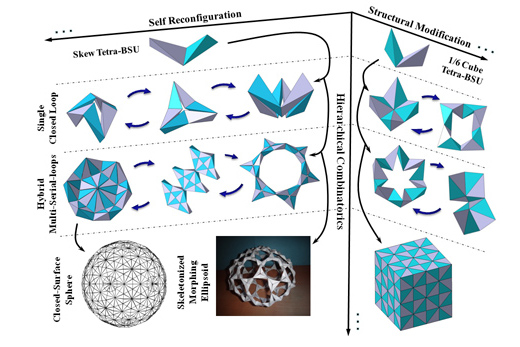

Abstract: In this paper we present our initial prototypical explorations as well as the associated transformative design concept called Kaleidogami™. This method is used for developing spatial objects that can be flattened,...
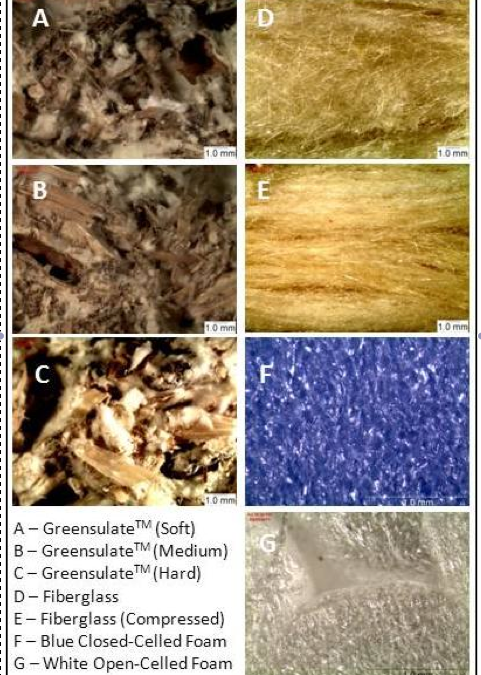
Abstract:  In light of society’s increasing awareness with regards to the health of the environment, many engineering firms are hiring recent engineering graduates with project- (or course-) based experience in environmental...
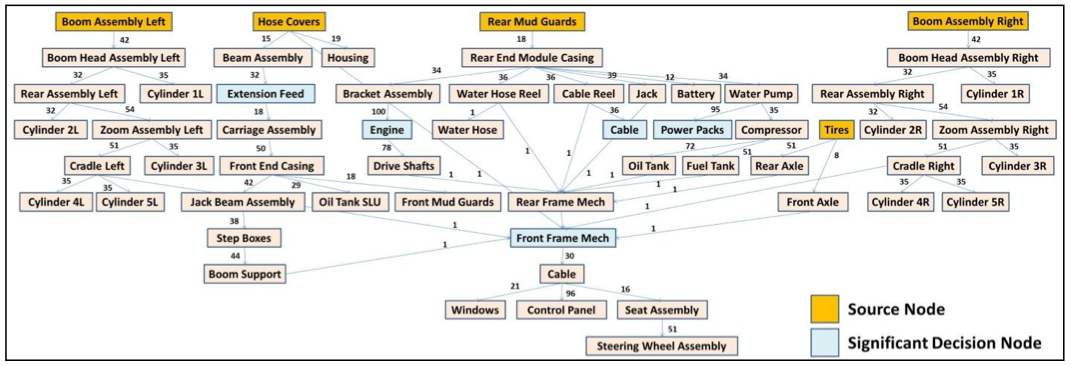
Abstract: Decision-making methodologies for evaluating a product’s end-of-life options have become a significant area of research. Extensive work has been carried out in the area of product recovery, e.g. module-based disassemblability,...
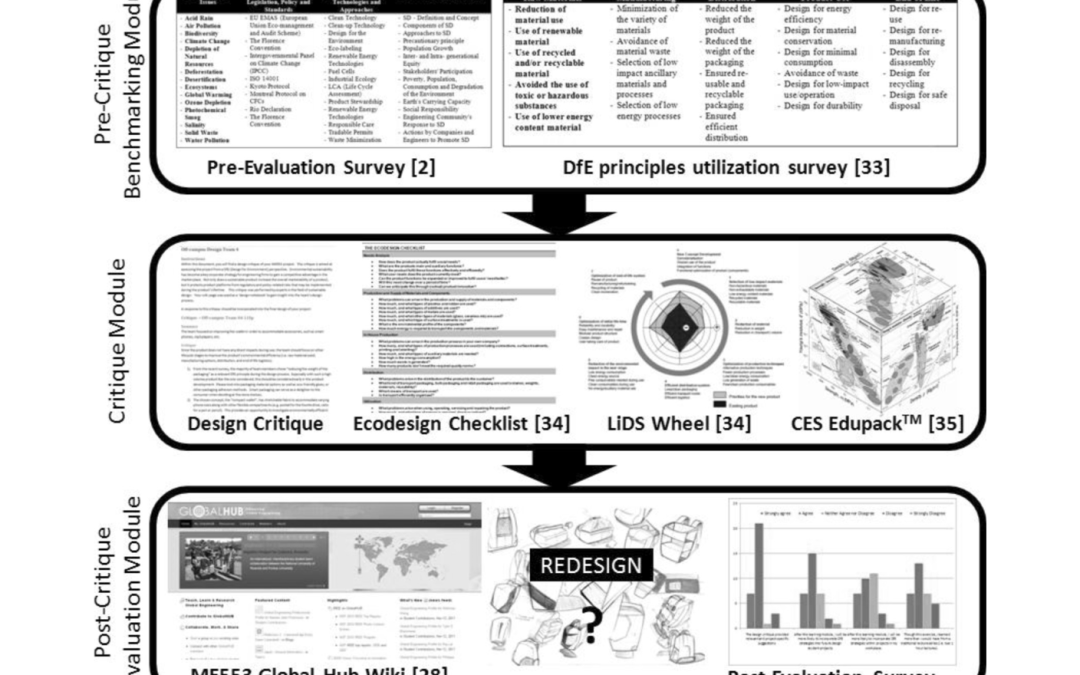
Abstract:  Future environmental regulations are creating new employment requirements within traditional engineering organizations. These organizations require recent graduates to have a strong handle on environmental issues related to new...
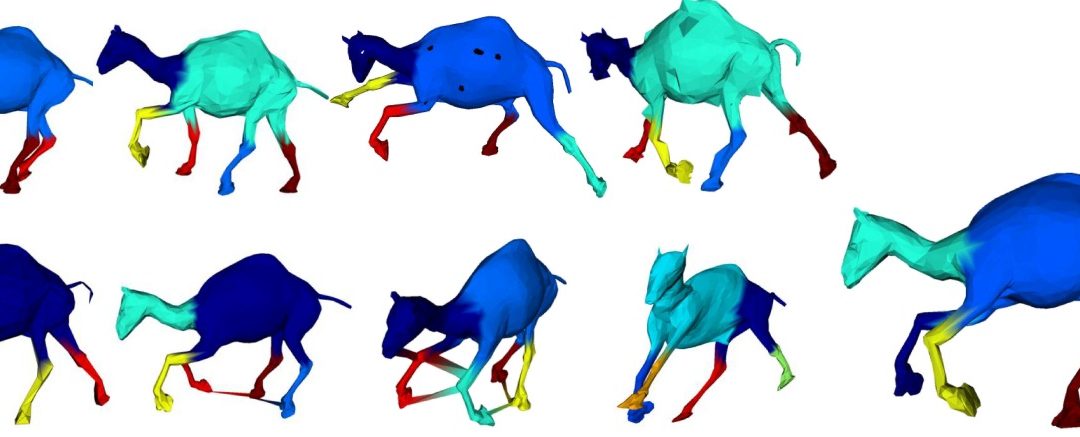
Abstract: In the area of 3D shape analysis, research in mesh segmentation has always been an important topic, as it is a fundamental low-level task which can be utilized in many applications including computer-aided design, computer animation,...
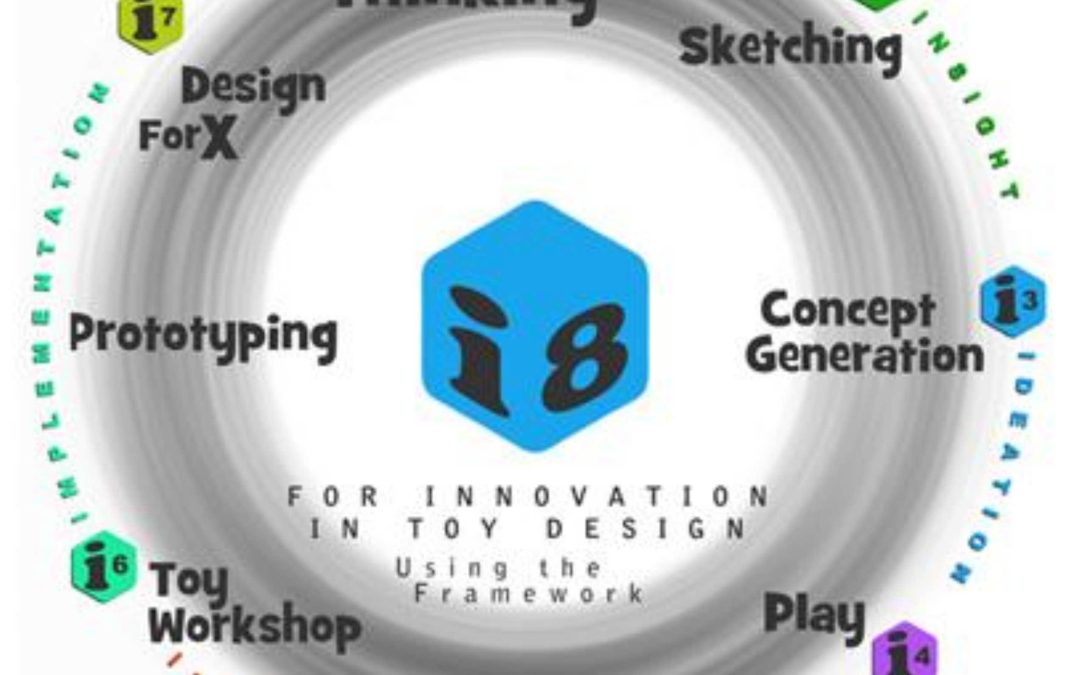
Abstract: Design is a complex process which requires several tools, knowledge and procedures in order to be successful. Although technology provide designers with new and improved tools, those tools should be placed in the right stage during the...
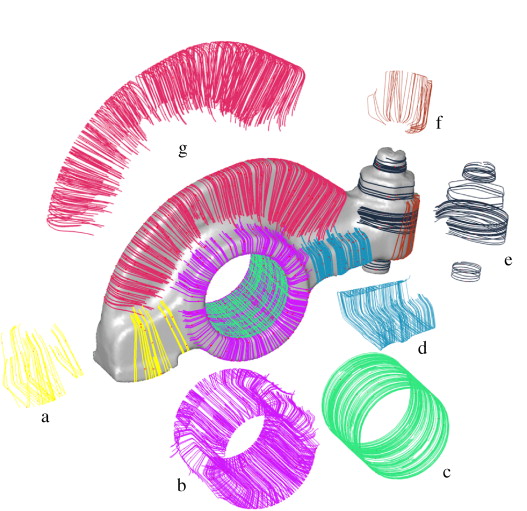
Abstract: The process of re-creating CAD models from actual physical parts, formally known as digital shape reconstruction (DSR) is an integral part of product development, especially in re-design. While, the majority of current methods used in DSR...
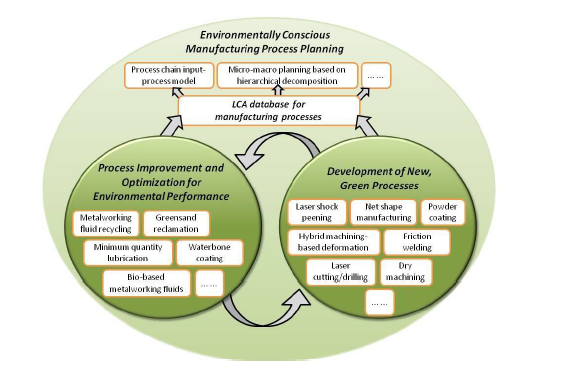
Abstract: This work package focuses on product life cycle and production system lifecycle. This work package describes these life cycles and then to consider the integration of product and production system life cycles. These aim at improving...

Abstract: Many molecules of interest are flexible and undergo significant shape deformation as part of their function, but most existing methods of molecular shape comparison treat them as rigid shapes, which may lead to incorrect measure of the...
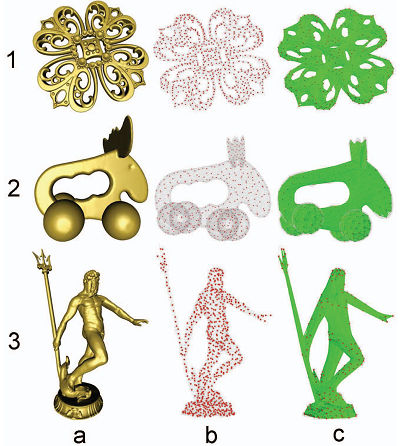
Abstract: A new visibility graph based algorithm is presented for computing the inner distances of a 3D shape represented by a volumetric model. The inner distance is defined as the length of the shortest path between landmark points within the...
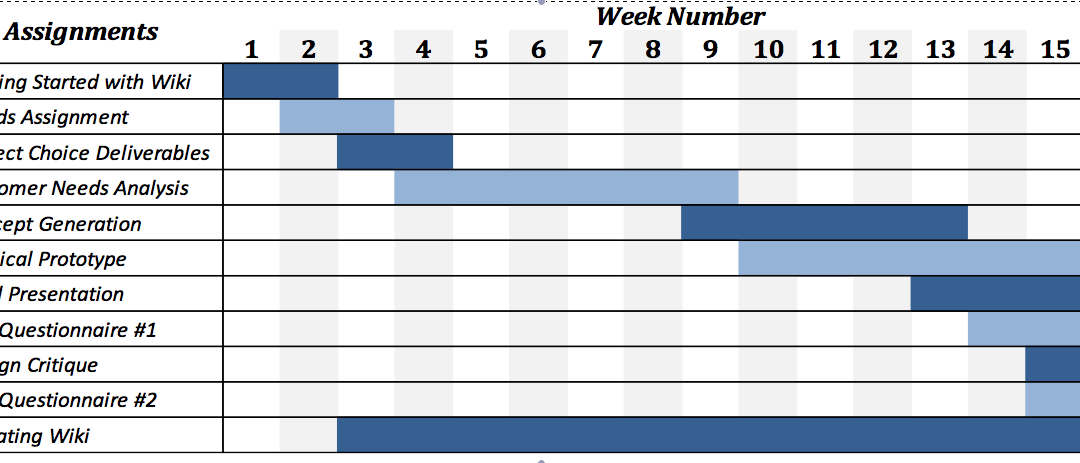
Abstract:  Product design is one of the most important activities that can influence sustainability. Therefore, it is critical to educate students about these methodologies as they are the next generation of engineers. This paper details a study...

Abstract: The usage of Direct Metal Deposition (DMD) technology for repairing defective voids in high-value metallic components is time consuming, since traditional geometric reconstruction methods are not seamlessly connected to the DMD process....
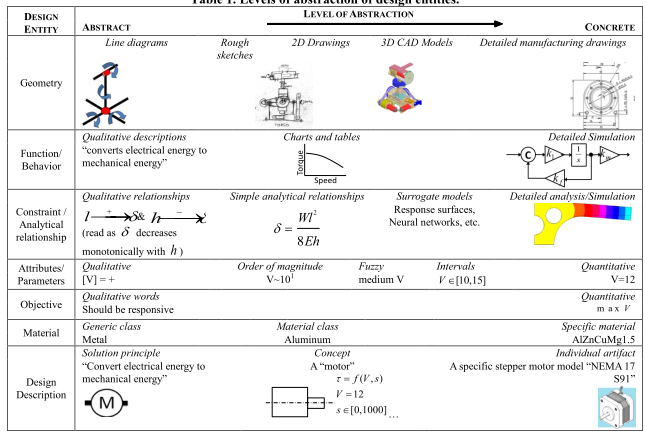
Abstract: Designers use several visual tools for exploring and understanding design problems and solutions. House of Quality (HoQ), function-structure, Morphological matrices, concept selection tables, 2D drawings are some of the visual tools and...
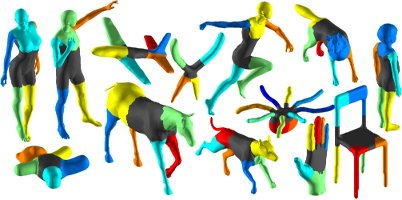
Abstract: Segmenting three dimensional objects using properties of heat diffusion on meshes aim to produce salient results. The few existing algorithms based on heat diffusion do not use the full knowledge that can be gained from heat diffusion and...
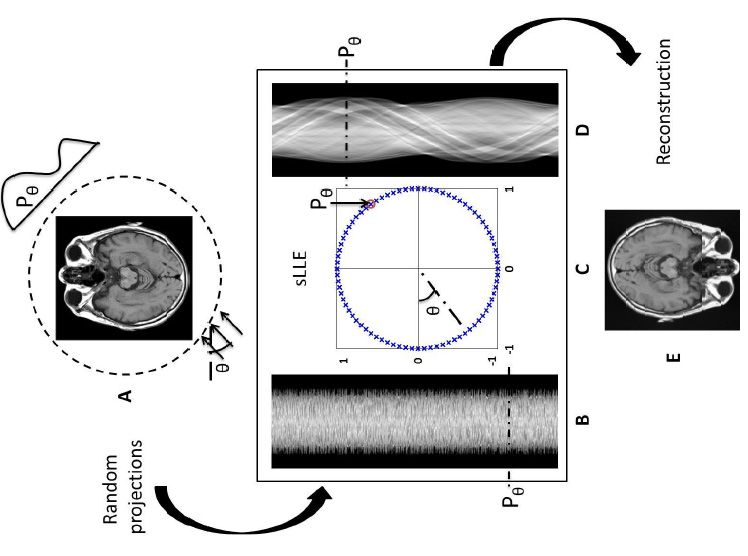
Abstract: The tomographic reconstruction of a planar object from its projections taken at random unknown view angles is a problem that occurs often in medical imaging. Therefore, there is a need to robustly estimate the view angles given random...

Abstract: Recent developments in acquisition techniques are resulting in a very rapid growth of the number of available three dimensional (3D) models across areas as diverse as engineering, medicine and biology. It is therefore of great interest to...
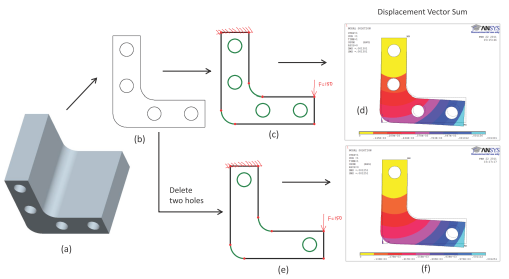
Abstract: Product development is seeing a paradigm shift in the form of a simulation-driven approach. Recently, companies and designers have started to realize that simulation has the biggest impact when used as a concept verification tool in early...
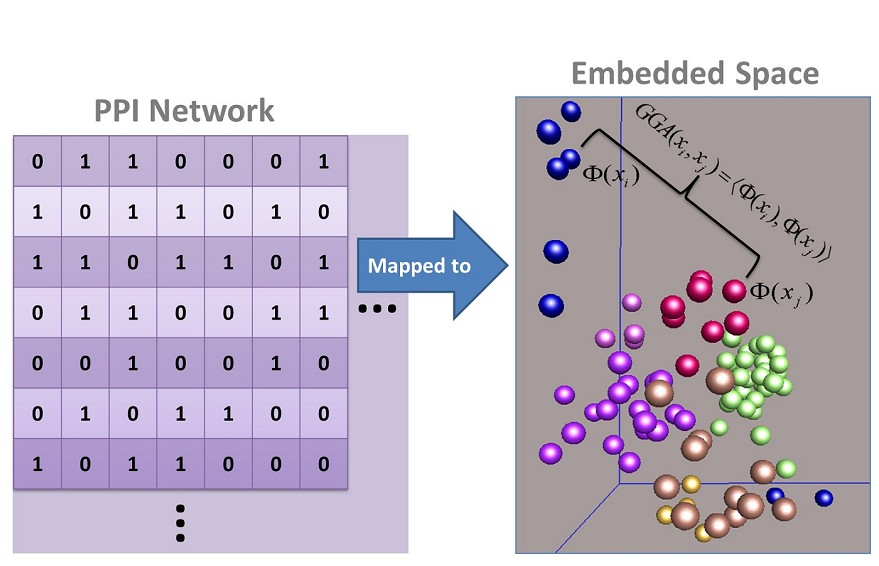
Abstract: Protein-protein interaction (PPI) network analysis presents an essential role in understanding the functional relationship among proteins in a living biological system. Despite the success of current approaches for understanding the PPI...

Abstract: 3D mesh segmentation is a fundamental low-level task with applications in areas as diverse as computer vision, computer-aided design, bio-informatics, and 3D medical imaging. A perceptually consistent mesh segmentation (PCMS), as defined...

Abstract: Wikis, freely editable collections of web pages, exhibit potential for a flexible documentation and communication tool for collaborative design tasks as well as support for team design thinking early in the design process. The purpose of...

Abstract: The Function Impact Method (FIM) is a semi-quantitative eco-design methodology that is targeted specifically towards the early stages of the design process. The FIM allows a designer to predict the environmental impacts associated with a...

Abstract: Many molecules are flexible and undergo significant shape deformation as part of their function, and yet most existing molecular shape comparison (MSC) methods treat them as rigid bodies, which may lead to incorrect shape recognition.

Abstract: During the past decade, the computed tomography has been successfully applied to various fields especially in medicine. The estimation of view angles for projections is necessary in some special applications of tomography, for example,...
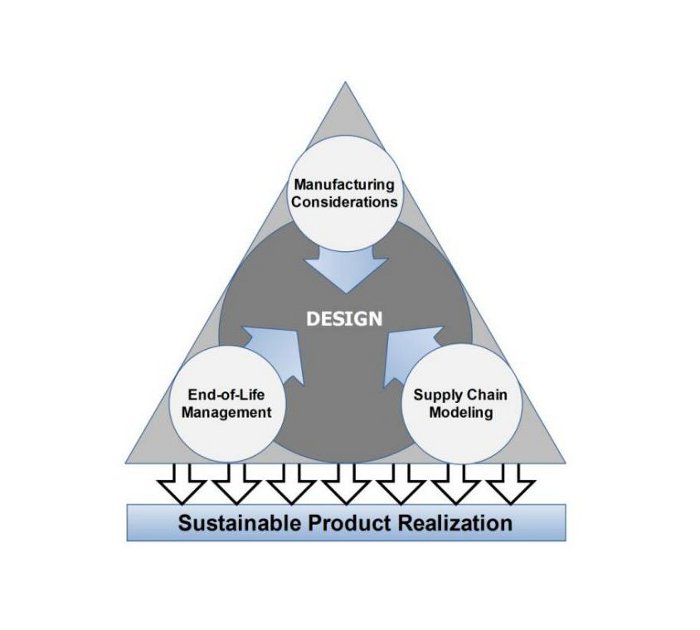
Abstract:  Product design is one of the most important sectors influencing global sustainability, as almost all the products consumed by people are outputs of the product development process. In particular, early design decisions can have a very...
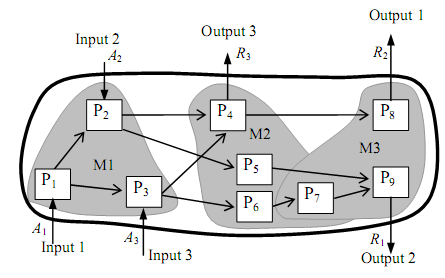
Abstract: As the description of design requirements at the earlier design stage is inaccurate and vague, it is difficult to figure out functional structure of a product and make sense product configuration. Therefore, it plays an important role to...
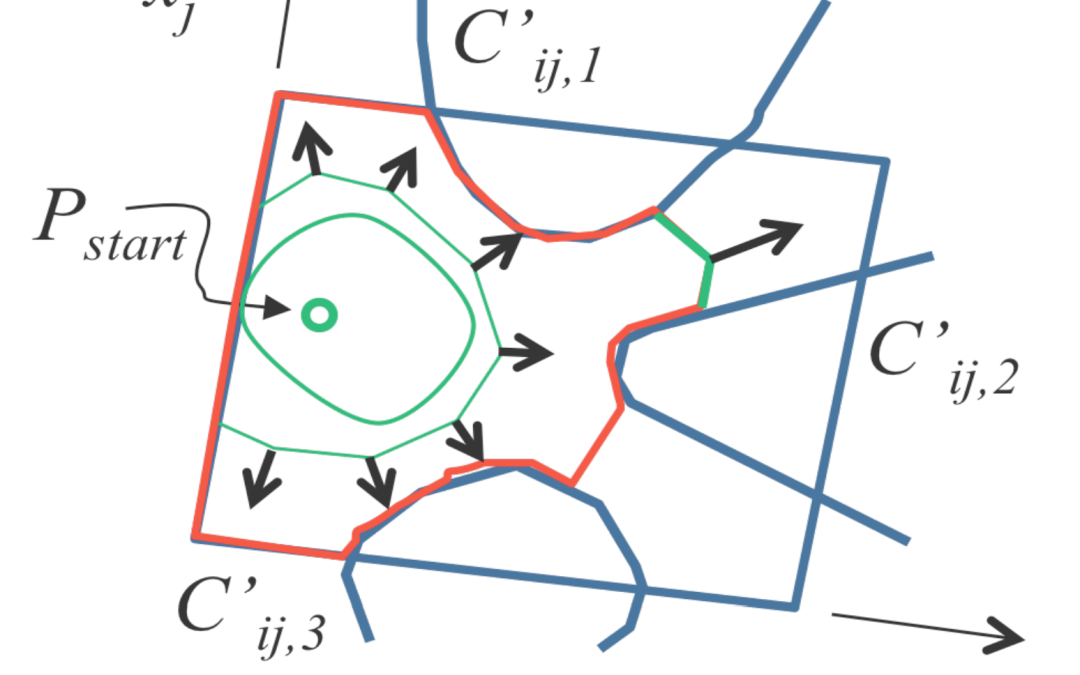
Abstract: Understanding the limits of a design is an important aspect of the design process. When mathematical models are constructed to describe a design concept, the limits are typically expressed as constraints involving the variables of that...
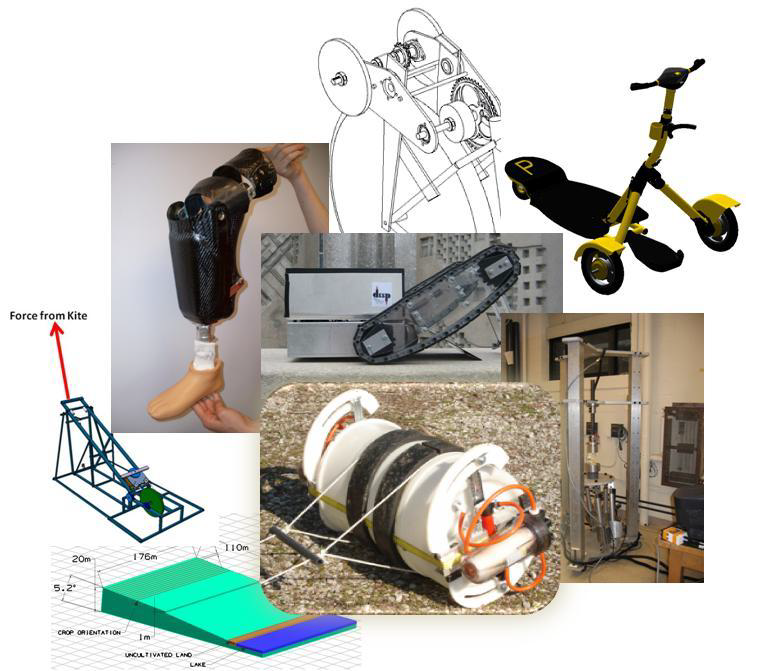
Abstract: Over the past few years, academic institutions have become aware of the importance of innovation in education, as well as its broader role in strengthening the economy. Creativity and innovative thinking are not easily taught in the...
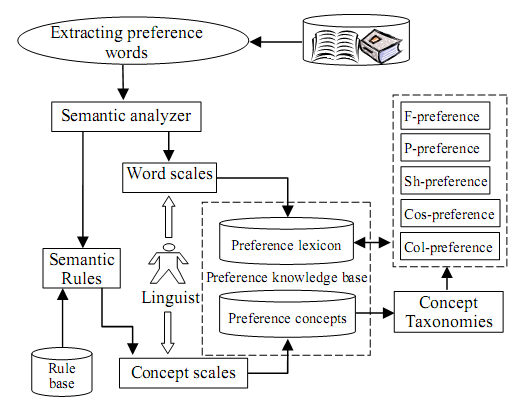
Abstract: As customer preference is viewed as a reflection of desires for product features and even future product opportunities, it is crucial for the generation of design concepts. In this paper, a six-stage methodology is described for...
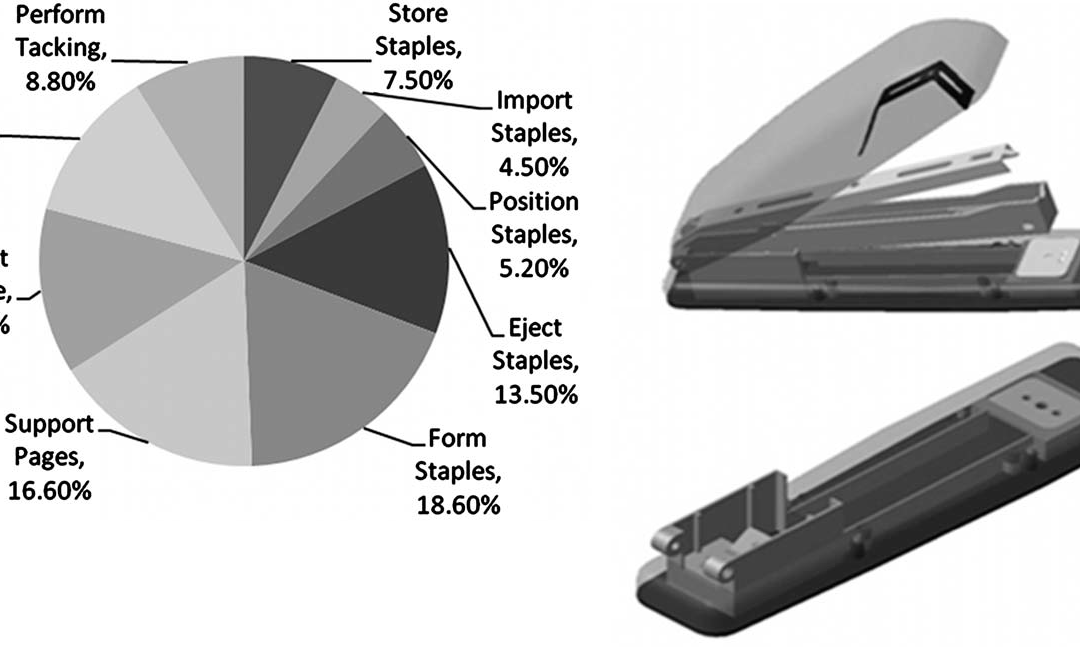
Abstract: The issue of environmental sustainability, which is unprecedented in both magnitude and complexity, presents one of the biggest challenges faced bymodern society. Design engineers can make significant contributions by...

Abstract: Analysis of mesh models is gaining prominence as it has wide range of applications from engineering to medicine. In this paper, we present a method for analyzing meshes through the abstraction of its prominent cross-sections (PCS). An...

Abstract: The cost and environmental impacts of a product are largely determined during conceptual design. Most often, due to cost and time limitations, only a limited set of design concepts are carried forward for detailed design. As a result,...
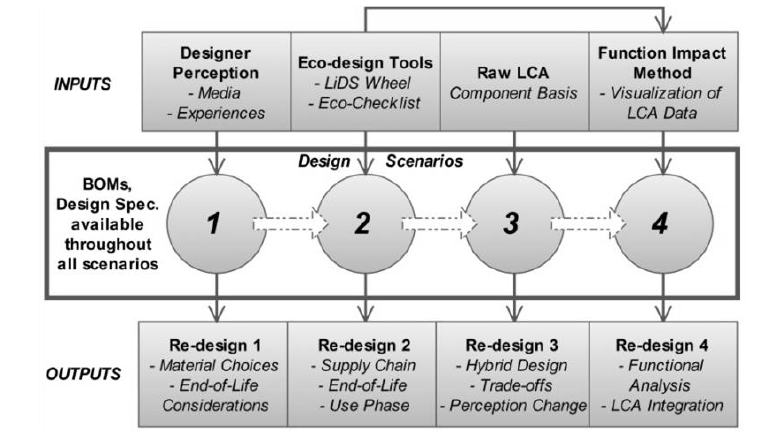
Abstract: Reducing the environmental effects of products has become a significant focus of corporate strategies. As a result, easy-to-use ecodesign tools thatcan be implemented during the early design stage are essential for...

Abstract: Customers often show different preferences relative to the same products, such as function, shape, color, costs, etc. They will surely affect product market activities further. In this paper, a model of preference elicitation from...
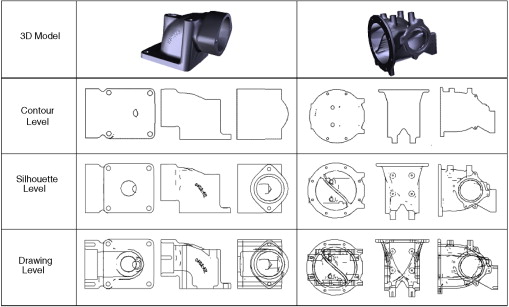
Abstract: 3D shape retrieval and clustering is of current interest in several different fields, including mechanical engineering. Several new shape representations for 3D objects are continuing to emerge. Most shape representations are embedded in...
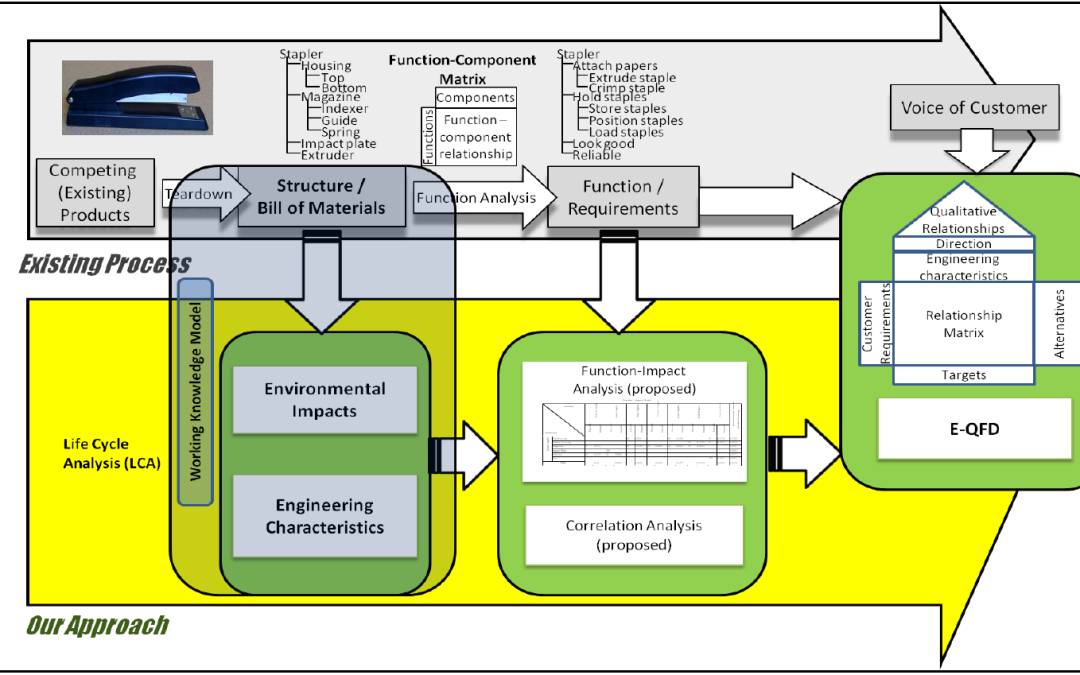
Abstract: The issue of environmental sustainability, which is unprecedented in both magnitude and complexity, presents one of the biggest challenges faced by modern society. Engineers, including mechanical engineers, can make significant...
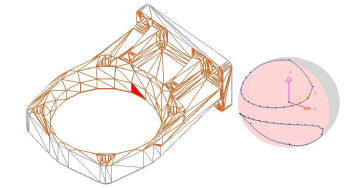
Abstract: A global visibility map is a spherical image built to describe the complete set of global visible view directions for a surface. In this paper, we consider the computation of global visibility maps for regions on the boundary of a...
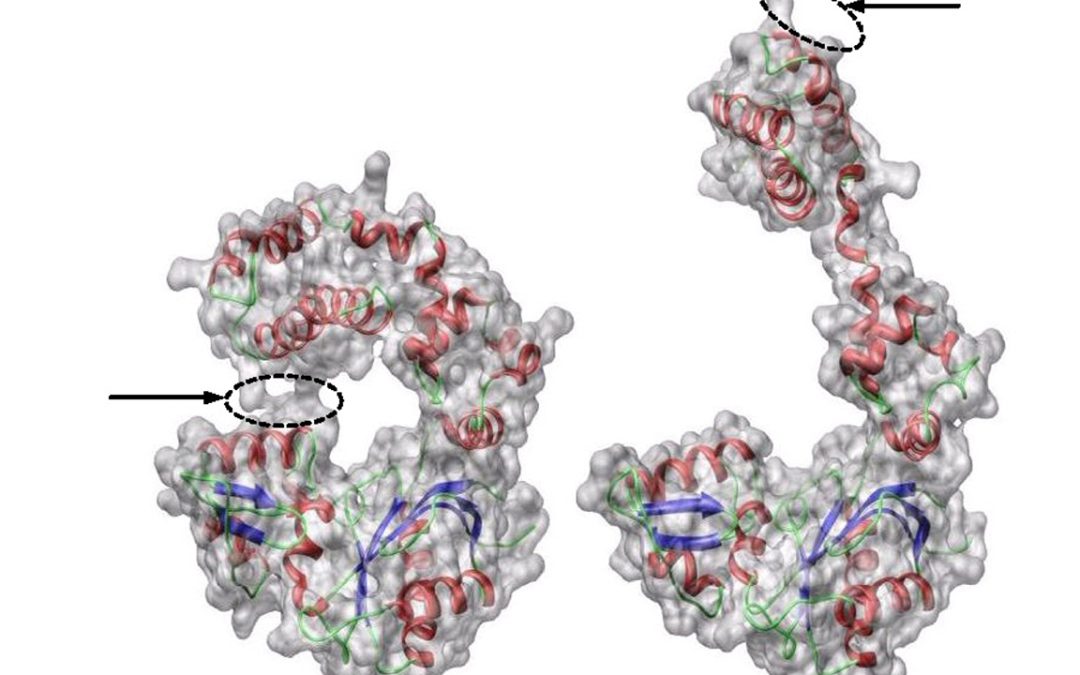
Abstract: Background: Techniques for inferring the functions of the protein by comparing their shape similarity have been receiving a lot of attention. Proteins are functional units and their shape flexibility occupies an essential role in...
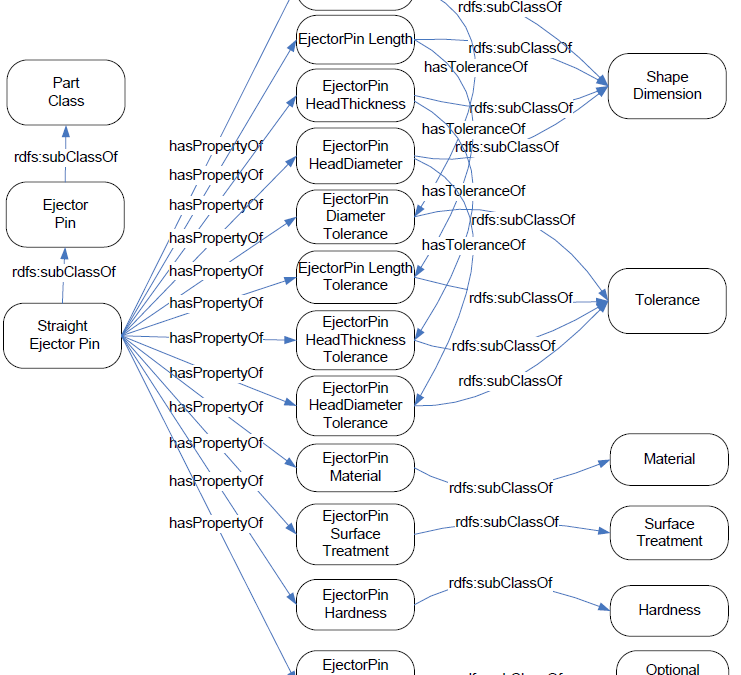
Abstract: When existing parts are re-used for the development of a new product or business-to-business transactions, a method for searching parts from a part database that is similar to the user’s requirements is necessary. To this end, it...

Abstract: The modularity indicates a one-to-one mapping between functional concepts and physical components. It can allow us to generate more product varietiesat lower costs. Functional concepts can be described by precise syntactic...
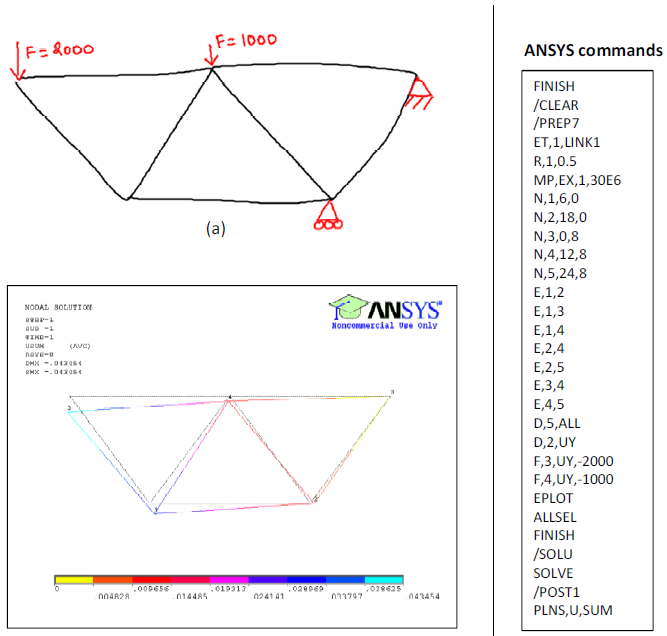
Abstract: The potential advantages of freehand sketches have been widely recognized and exploited in many fields especially in engineering design and analysis. This is mainly because the freehand sketches are an efficient and natural way...

Abstract: Wikis, freely editable collections of web pages, exhibit potential for a flexible documentation and communication tool for collaborative design tasks as well as support for team design thinking early in the design process. The...
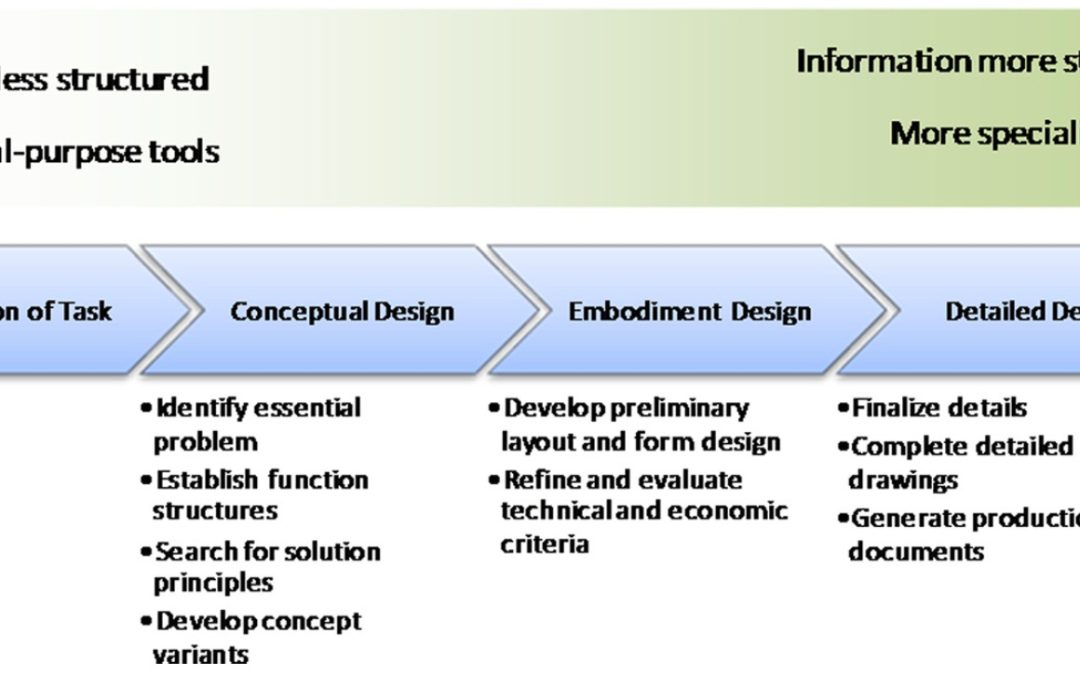
Abstract: The use of design notebooks has long been common practice for engineers and designers. Wikis, freely editable collections of web sites, are becoming increasingly popular as flexible documentation and communication tools for collaborative...

Abstract: The conventional superposition methods use an ordinary least squares (LS) fit for structural comparison of two different conformations of the same protein. The main problem of the LS fit that it is sensitive to outliers, i.e. large...
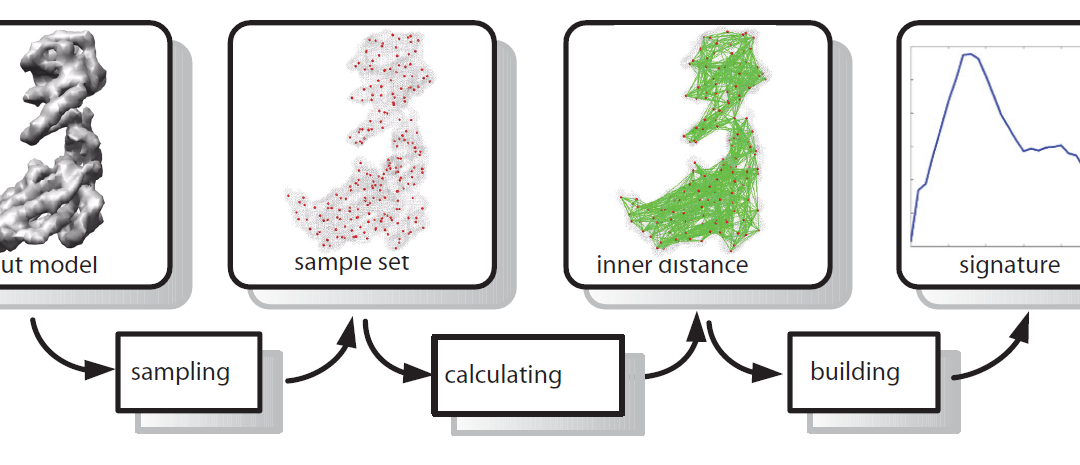
Abstract: Many molecules of interest are flexible and undergo significant shape deformation as part of their function, but most existing methods of molecular shape comparison (MSC) treat them as rigid bodies, which may lead to incorrect...
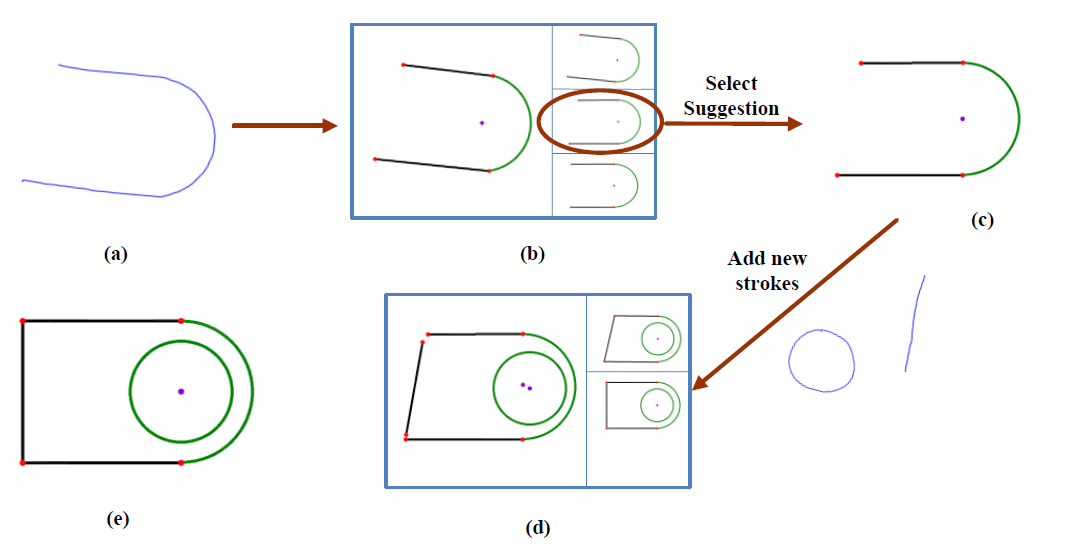
Abstract: Beautification of freehand sketches is integral for building robust sketch understanding systems and sketch-based inter-faces for CAD. Many of the current methods for beautification do not consider some important information implied in...
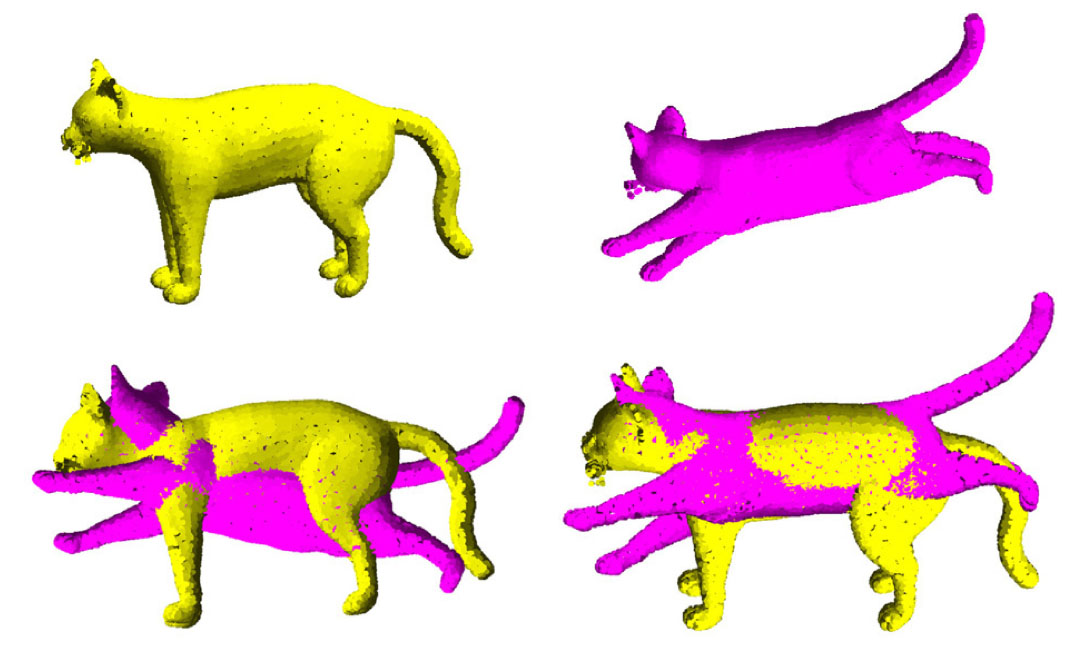
Abstract:A robust technique for determining the principal axes of a 3D shape represented by a point set, possibly with noise, is presented. We use techniques from robust statistics to guide the classical principal component analysis (PCA)...
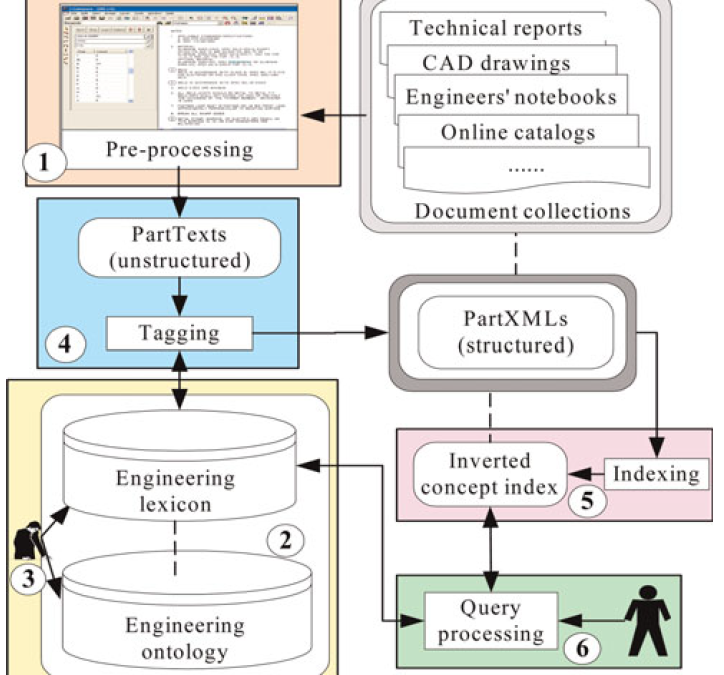
Abstract: When engineering content is created and applied during the product life cycle, it is often stored and forgotten. Current information retrieval approaches based on statistical methods and keyword matching are not effective in understanding...